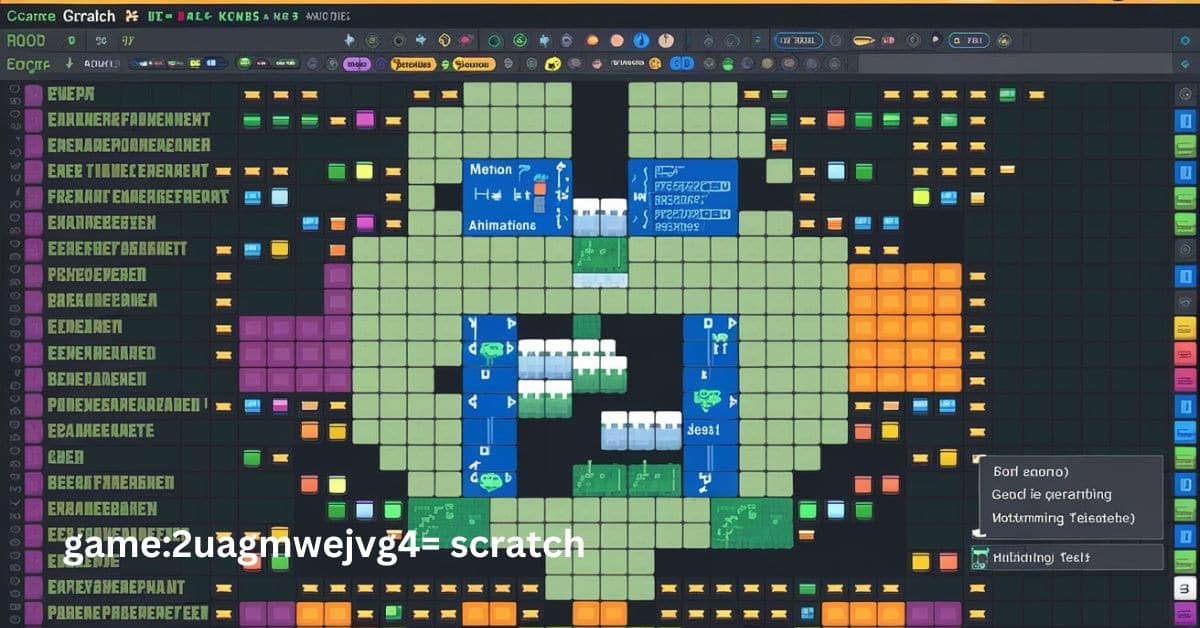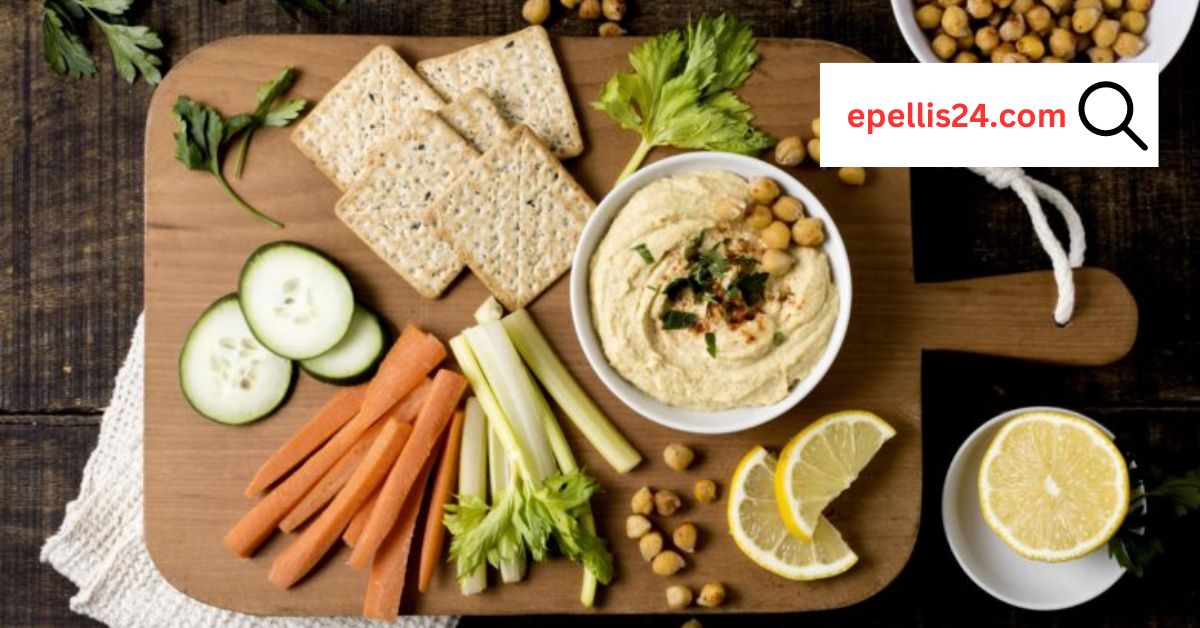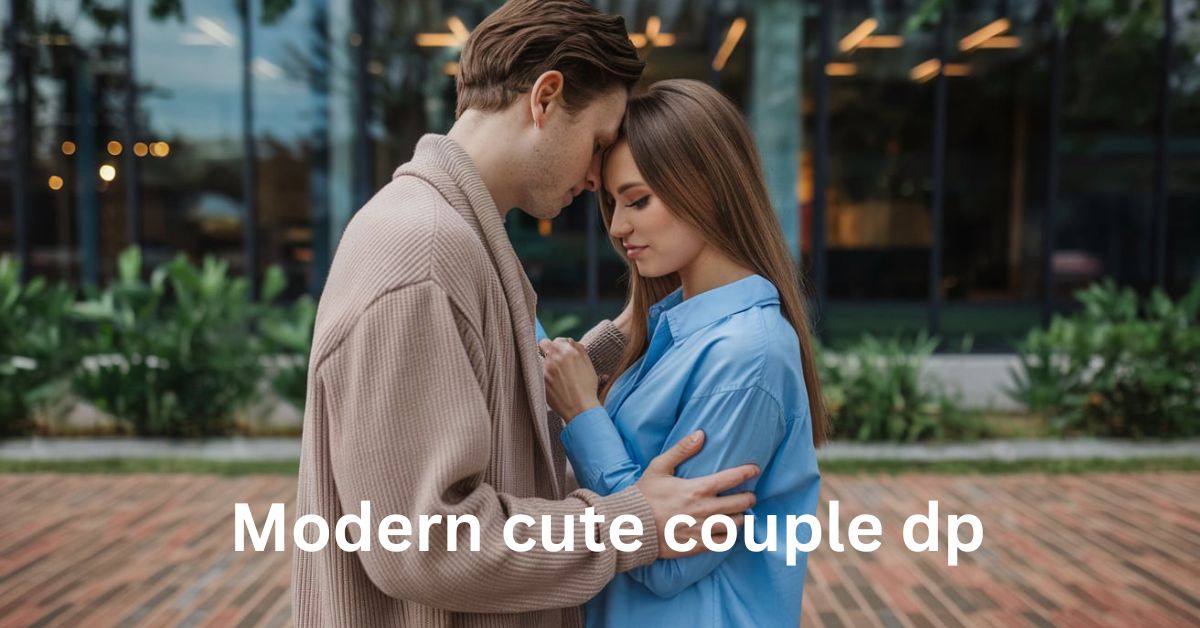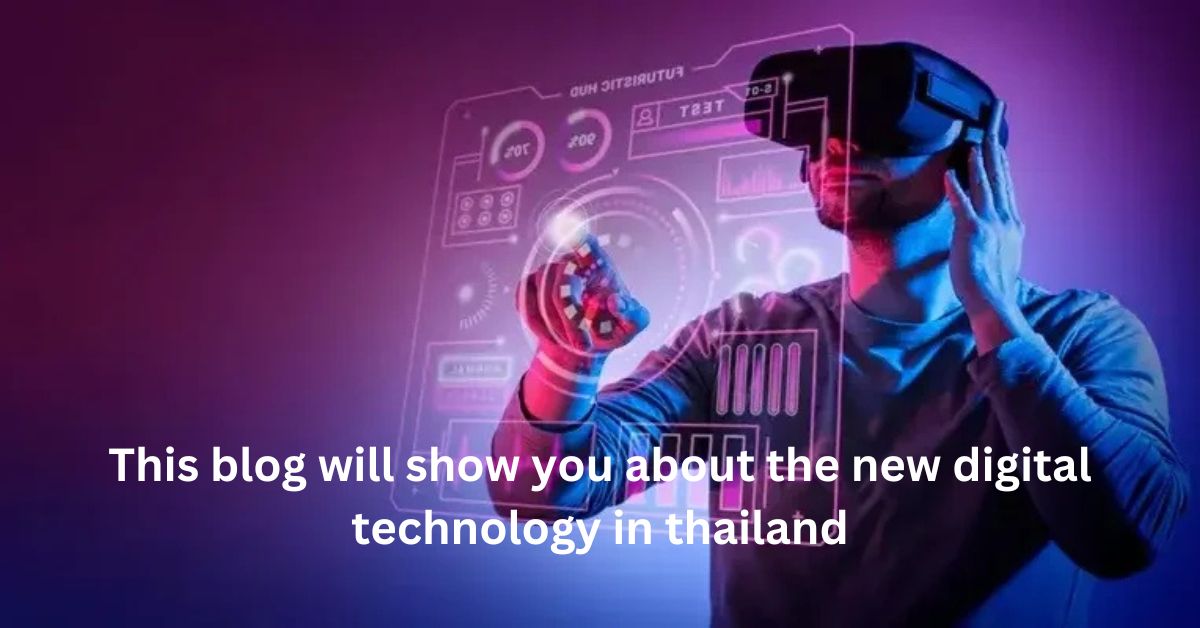(game:2uagmwejvg4= scratch) is a user-friendly visual programming tool developed by MIT’s Lifelong Kindergarten Group. It enables people of all ages to design games, animations, and stories through block-based coding.
In this guide, we’ll delve into the essentials of (game:2uagmwejvg4= scratch), covering how it works, its key features, benefits for learners, and insights on how you can create your projects. If you want to understand why Scratch is an ideal starting point for coding and how to maximise its potential, keep reading.
What is (game:2uagmwejvg4= scratch)? – The Introduction!
(game:2uagmwejvg4= scratch) is a block-based coding platform that simplifies the programming process, making it accessible for individuals who might feel intimidated by traditional text-based coding. Scratch allows users to easily create fully interactive games, animations, and stories, making it particularly popular among younger learners, educators, and budding developers. Its block-based system mimics the logic of natural programming languages but in a way that makes the learning curve manageable.
Scratch was developed by the Lifelong Kindergarten Group at MIT’s Media Lab. Since its inception, it has been instrumental in helping young learners understand and appreciate the fundamentals of coding without requiring extensive technical knowledge.
Why (game:2uagmwejvg4= scratch) is Perfect for Beginners? – The Reasons Decoded!
Scratch’s drag-and-drop coding style makes it a highly accessible choice for those new to coding. Instead of typing lines of code, users select blocks that represent different commands and snap them together to create their desired outcome. The visual aspect makes the coding process intuitive and less intimidating.
Benefits for Beginners:
- Visual Learning: Scratch’s colourful interface makes understanding coding logic easy and engaging.
- No Syntax Errors: Scratch prevents common programming issues, such as syntax errors, by using pre-made blocks, reducing frustration.
- Immediate Results: Users can immediately see their code in action, providing instant feedback and satisfaction.
Key Features of Scratch for Game Development – Here For You!
(game:2uagmwejvg4= scratch) provides all the essential tools for creating interactive, user-friendly games and animations.
Sprite Library and Editor:
Scratch has a vast library of characters, known as sprites that users can animate. Each sprite can be modified based on commands to move, talk, or change appearance. There’s also an editor where users can draw or customise sprites.
Block-Based Coding:
Scratch’s code blocks include motion, looks, sound, events, control, sensing, and operators. These blocks represent different types of commands that control the sprites.
Backdrop Editor:
Backdrops are the visual settings of the project. Users can select from Scratch’s backdrop library or create custom backdrops, adding a unique touch to each project.
Sound Effects and Music:
Scratch allows users to add music, sound effects, and even voice recordings, adding a layer of interactivity and fun to games and animations.
Interactive Tutorials:
Scratch offers built-in tutorials that guide users through each step, making it easy for beginners to start creating immediately.
How do you get started with (game:2uagmwejvg4= scratch)? – The Guide!
Starting with Scratch is straightforward and requires no software installation, as it is browser-based.
Step 1: Create a Scratch Account:
Go to the official Scratch website and sign up for a free account. Creating an account allows you to save and share projects with the Scratch community.
Step 2: Explore the Interface:
Familiarise yourself with the workspace, including the stage, coding blocks, sprite library, and backdrop options.
Step 3: Start Your First Project:
Choose a sprite, add a backdrop, and connect blocks to control the sprite’s actions. Use basic motion and control blocks to animate your sprite for a simple game.
Step 4: Test and Modify:
Use the play button to test your project. Scratch’s instant feedback loop lets you adjust the code in real time for immediate results.
Advanced Tips for Creating with Scratch – Must Follow!
Once you’ve mastered the basics, you can try advanced features to make your projects stand out.
Variables and Data Tracking: Variables allow you to track scores, lives, or any numeric value. These can be essential for creating complex games.
Broadcast Messages: With broadcasts, sprites can communicate with each other. This is useful for creating events that affect multiple characters or objects in the game.
Loops and Conditionals: Loops and if-statements (conditionals) complicate your project. They allow you to control what happens in different situations, such as repeating actions or making decisions based on certain conditions.
Cloning: The cloning feature helps create multiple instances of a sprite. It’s often used for enemy characters in games, where a single code set is replicated across all clones.
Community Engagement – Sharing and Remixing!
One of Scratch’s unique features is its collaborative community. Users can share their projects, receive feedback, and even allow others to remix their work.
Why Remixing is Valuable: Remixing encourages creativity and learning. By exploring how other users built their projects, beginners gain insights into new coding techniques and styles.
Frequently Asked Questions:
What age is Scratch suitable for?
Scratch is generally recommended for ages eight and up, though younger children can also enjoy it with some adult guidance.
Can I use Scratch offline?
Scratch has an offline editor available for download if you prefer to avoid working in a browser.
Is (game:2uagmwejvg4= scratch) free?
Yes, Scratch is entirely free to use.
Conclusion:
(game:2uagmwejvg4= scratch) is more than a simple tool; it’s a creative playground. By making programming accessible, Scratch fosters a learning environment where creativity meets coding. For beginners and young learners, it’s an invaluable resource, introducing essential skills that apply far beyond coding alone.
Whether you’re creating your first game, building an interactive story, or joining the Scratch community to explore others’ work, (game:2uagmwejvg4= scratch) opens the door to endless possibilities.





